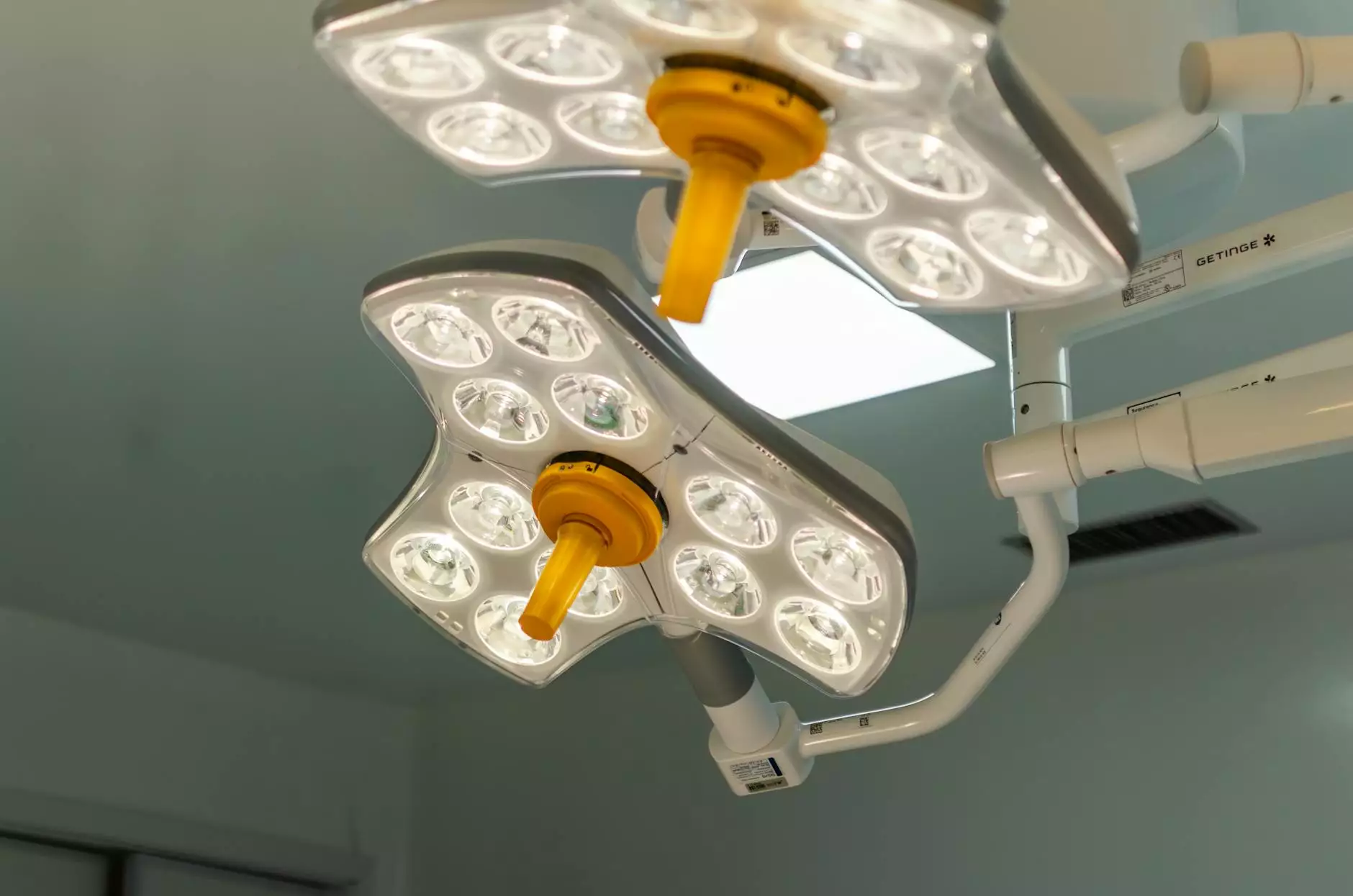Understanding the Western Blot Device: A Key Tool in Biotechnology

The Western blot device is an essential instrument in the fields of molecular biology and biochemistry. It is primarily used for the detection and analysis of specific proteins in complex biological samples. This article delves into the intricacies of the Western blotting technique, its applications, and the innovations surrounding modern Western blot devices.
The Science Behind Western Blotting
Western blotting, also known as immunoblotting, is a powerful analytical technique that combines the principles of gel electrophoresis with immunodetection. The process allows researchers to separate proteins based on their molecular weight and subsequently identify them through specific antibodies.
Key Steps in the Western Blotting Process
- Sample Preparation: The first step involves lysing cells to extract proteins. This is often done using detergents or physical methods to break open the cell membranes.
- Gel Electrophoresis: Proteins are then separated by size using sodium dodecyl sulfate polyacrylamide gel electrophoresis (SDS-PAGE). This technique utilizes an electric current to move negatively charged proteins through a gel matrix.
- Transfer: Once separated, proteins are transferred from the gel onto a membrane (commonly nitrocellulose or PVDF). This transfer process preserves the spatial information about the proteins.
- Blocking: To prevent nonspecific binding of antibodies, the membrane is incubated with a blocking buffer, which typically contains proteins like BSA or casein.
- Antibody Incubation: The membrane is probed with primary antibodies that specifically bind to the target proteins. A secondary antibody is then applied, which is conjugated to a detection enzyme or a fluorescent tag.
- Detection: Finally, the bound antibodies are detected using various methods, including chemiluminescence or fluorescence, visualizing the protein bands.
Applications of the Western Blot Device
The versatility of the Western blot device has led to its widespread use across various domains:
- Biomedical Research: Researchers utilize Western blotting to study protein expression levels, modifications, and interactions in disease models, particularly in cancer and infectious diseases.
- Clinical Diagnostics: It plays a crucial role in diagnosing certain infectious diseases like HIV. The presence of specific antibodies against HIV proteins can be confirmed through Western blot analysis.
- Pharmaceutical Development: The technique is instrumental in the development and quality control of therapeutic proteins and vaccines.
- Proteomics: In proteomics, Western blotting is utilized to validate results obtained from high-throughput protein analyses, ensuring accuracy in protein identification and quantification.
Choosing the Right Western Blot Device
When selecting a Western blot device, researchers should consider several factors to ensure optimal performance:
1. Detection Method
Western blot devices offer various detection methods, including:
- Chemiluminescence: Highly sensitive and commonly used for protein detection.
- Fluorescence: Allows for multiplexing, enabling the simultaneous detection of multiple proteins in a single sample.
- Colorimetric: An easy and straightforward method, though less sensitive than chemiluminescent or fluorescent techniques.
2. Automation and User-Friendliness
Modern Western blot devices vary in their level of automation. Fully automated systems improve reproducibility and reduce the risk of human error, making them ideal for high-throughput laboratories.
3. Budget Considerations
Western blotting equipment can range significantly in price. It is essential to balance cost with the capabilities of the device. Make sure the chosen equipment aligns with your laboratory's budget while meeting technical requirements for your applications.
Innovations in Western Blot Technology
The field of Western blotting has witnessed numerous technological advancements aimed at improving sensitivity, specificity, and ease of use:
1. Enhanced Imaging Systems
Recent innovations include advanced imaging systems that provide higher resolution and sensitivity, allowing for the detection of low-abundance proteins that were previously undetectable.
2. Multiplexing Capabilities
New multiplexing technologies enable researchers to analyze different proteins within the same sample simultaneously. This efficiency saves time and sample material, providing a more comprehensive view of protein interactions.
3. Integration with Digital Platforms
Modern Western blot devices are increasingly integrated with software solutions that facilitate data analysis, creating a more streamlined workflow. These platforms can analyze band intensities and quantify protein levels rapidly, allowing for better reproducibility and accuracy.
Common Challenges in Western Blotting
Despite its benefits, Western blotting is not without challenges. Some common issues include:
- Poor Transfer Efficiency: Inefficient transfer of proteins from gel to membrane can lead to weak signals. Ensuring appropriate transfer conditions, such as time and voltage, is crucial.
- Specificity of Antibodies: Non-specific binding of antibodies can result in high background noise. Proper antibody selection and optimization of blocking conditions are vital to enhance specificity.
- Data Interpretation: Determining protein levels quantitatively can be complex. It often requires careful loading controls and normalization against housekeeping proteins.
Conclusion: The Future of Western Blot Technology
The Western blot device remains a cornerstone of protein analysis in biological research and clinical settings. As technology progresses, we can expect further innovations that enhance its capabilities, making it even more powerful and accessible for scientists worldwide.
In summary, understanding how to effectively utilize a Western blot device can lead to significant advancements in research. Whether in developing new therapies or understanding disease mechanisms, mastering this technique is invaluable in the quest for scientific discovery.
To learn more about cutting-edge Western blot devices and their applications, visit Precision Biosystems.









